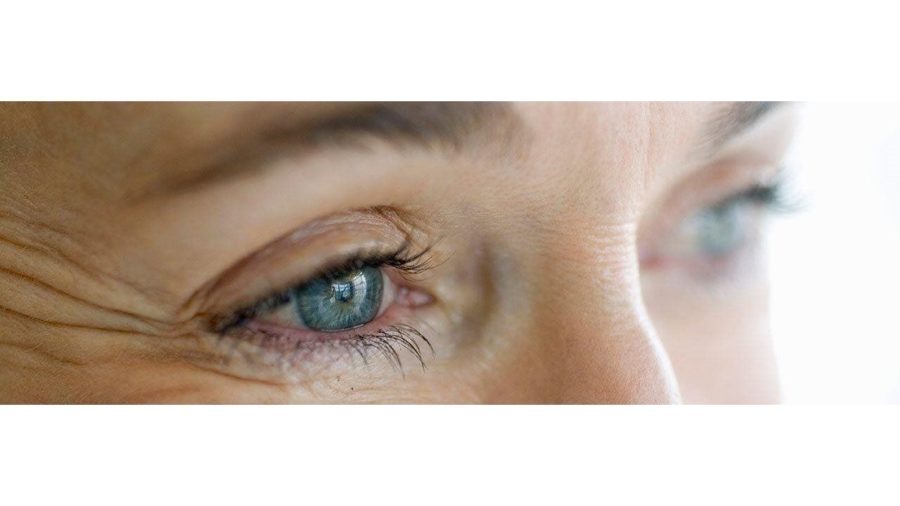Worried about your vision? Watch out for these 5 common eye problems
March 10, 2022
(BPT) – Our eyes are delicate. Even using precaution, you can end up with eye damage and loss of vision. The Centers for Disease Control and Prevention (CDC) estimates that in the U.S., 12 million people over the age of 40 have some form of vision impairment.
Many vision problems are caused by diseases that you’re at higher risk of developing as you age. If you have any family members with eye problems, you may be more likely to have an eye disease or suffer from eye problems. To catch problems early, you should regularly see an eye doctor, enroll in an individual vision plan and educate yourself on common eye conditions.
1. Macular degeneration
Age-related macular degeneration (AMD) is caused by the deterioration of the center of the retina (macula), leading to loss of central vision. AMD is the leading cause of vision loss in people over 50. According to the CDC, 1.8 million people have AMD and another 7.3 million are at higher risk of AMD-related vision loss.
As the name suggests, your risk of developing AMD increases as you age. If you have a family history of AMD, you are also at a high risk of developing this eye disease. Smoking, high cholesterol and high blood pressure are also common AMD risk factors.
2. Cataracts
When someone develops cataracts, the eye’s clear lens becomes cloudy and like seeing through a fogged window. This condition can make it difficult to see facial expressions, drive and read. Because cataracts develop slowly, it can take awhile before someone realizes it’s interfering with their vision.
As with many vision problems, your risk of developing cataracts is related to aging. As you age, proteins in fibers in the lenses deteriorate and clump together, clouding the eye.
The Mayo Clinic cites inherited genetic disorders, other existing eye conditions, past eye surgery and diabetes as other contributing risk factors.
3. Glaucoma
Glaucoma isn’t just one disease but rather a group of eye diseases that damage the optic nerve, usually caused by abnormally high pressure on the eye.
Often, glaucoma doesn’t have many symptoms and it affects vision slowly, usually decreasing peripheral vision first. Most people don’t know they have glaucoma and can’t tell that their vision has changed. However, without treatment, glaucoma can lead to blindness. In fact, it is the leading cause of blindness for people over 60.
4. Dry eyes
Dry eyes is a condition when a person can’t produce enough good quality tears to lubricate their eyes. While this might sound more irritating than problematic, dry eyes isn’t as innocuous as it may sound. Tears are essential to reducing the risk of eye infections, maintaining the eye surface and washing away foreign matters.
According to the American Optometric Association, women are more likely than men to develop dry eyes as they age. Certain medications like antihistamines, blood pressure medications and antidepressants can cause dry eyes. People with certain medical conditions — including diabetes, rheumatoid arthritis and thyroid problems, are also likely to develop dry eyes. Other risk factors include environmental conditions like smoke, wind and dry climates. If you regularly use contact lenses or undergo refractive eye surgery, you’re also more likely to suffer from dry eyes.
5. Retinal detachment
Retinal detachment occurs when the retina, a thin layer of tissue at the back of your eye, lifts away from its normal position, resulting in blurry vision. This condition is considered a medical emergency and should be addressed right away. In addition to blurry vision, you may also experience:
- Small dark spots or squiggly lines that float across your vision
- A dark shadow on the peripheral and middle vision
- Flashes in one or both eyes
While anyone can experience retinal detachment, you are more likely to develop this condition if a family member has had it, you’ve undergone cataract or other eye surgery, or you’ve had a severe eye injury. People with diabetic retinopathy and myopia are also more likely to experience retinal detachment.
Have a plan in place
Eye problems can happen to anyone at any time. If you don’t have vision insurance or your coverage has ended, it’s important to find and enroll in a plan. VSP® Vision Care offers vision insurance plans that give you peace of mind and can support you if you develop eye problems. There are no open enrollment or waiting periods so that you can enroll at any time. Plans start at $13 a month and give you access to one of the largest eye doctor networks. Visit VSP Individual Vision Plans to receive a quote and help protect your future vision.
































































































































































